
Visit Poznań - other monuments and interesting places
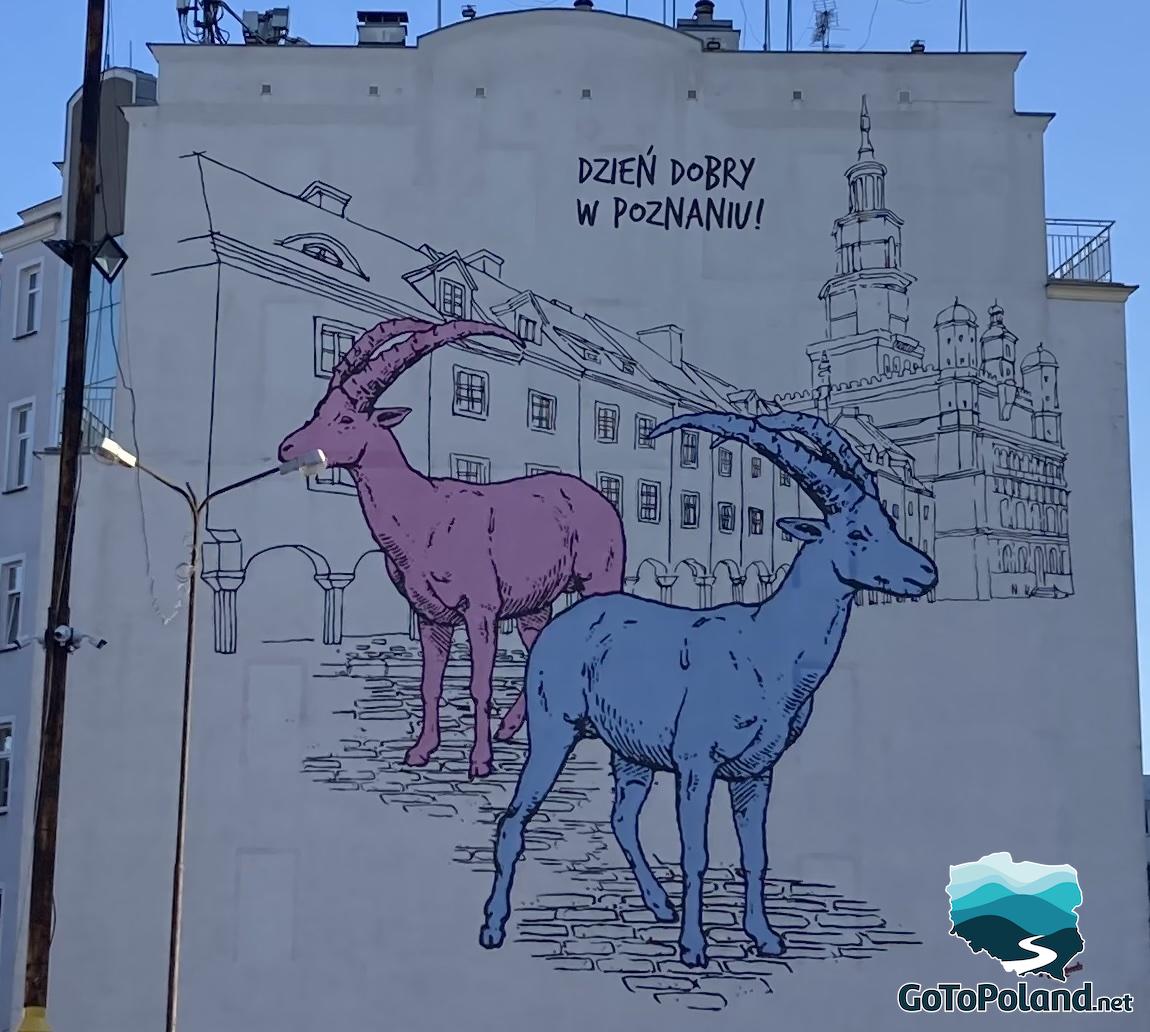
Let me start by saying that Poznań is one of the most important and biggest cities in Poland, so it's hard not to mention its advantages. I also have many photos of the city :) When I started writing and adding photos (over 70), I thought that one post wouldn't be enough. That's why I decided to split this topic. I created "Poznań with its Old Market Square and Ostrów Tumski" and second part: other monuments and interesting places of Poznań that we visited. In my opinion it will be clearer and more pleasant to read and view this post :)
Our hotel was right next to the “Stary Browar” - “Old Brewery”. Therefore, it was the first attraction we passed by. “Stary Browar” covers 130,000 square meters, which houses a shopping center and an art gallery. The building was designed on the basis of a post-industrial monument - the former Hugger Brewery.

When we finished our city tour in Poznań, we stopped by this shopping centre. We came across a jazz concert, which made a big impression on us.
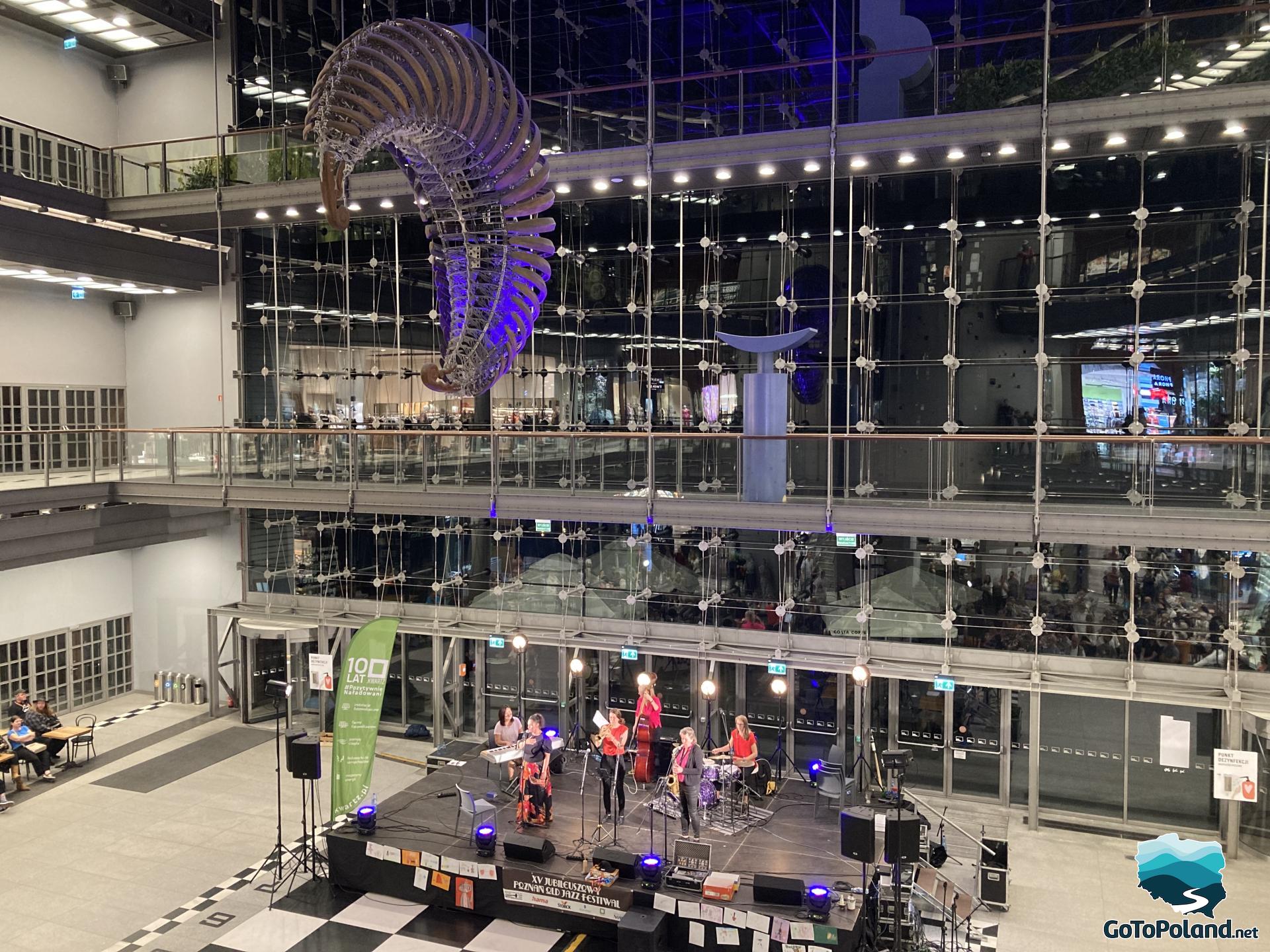
When we were walking to the Old Market Square, we came across such a monument. Trams have a long history in Poznań. Their beginnings date back to 1880.
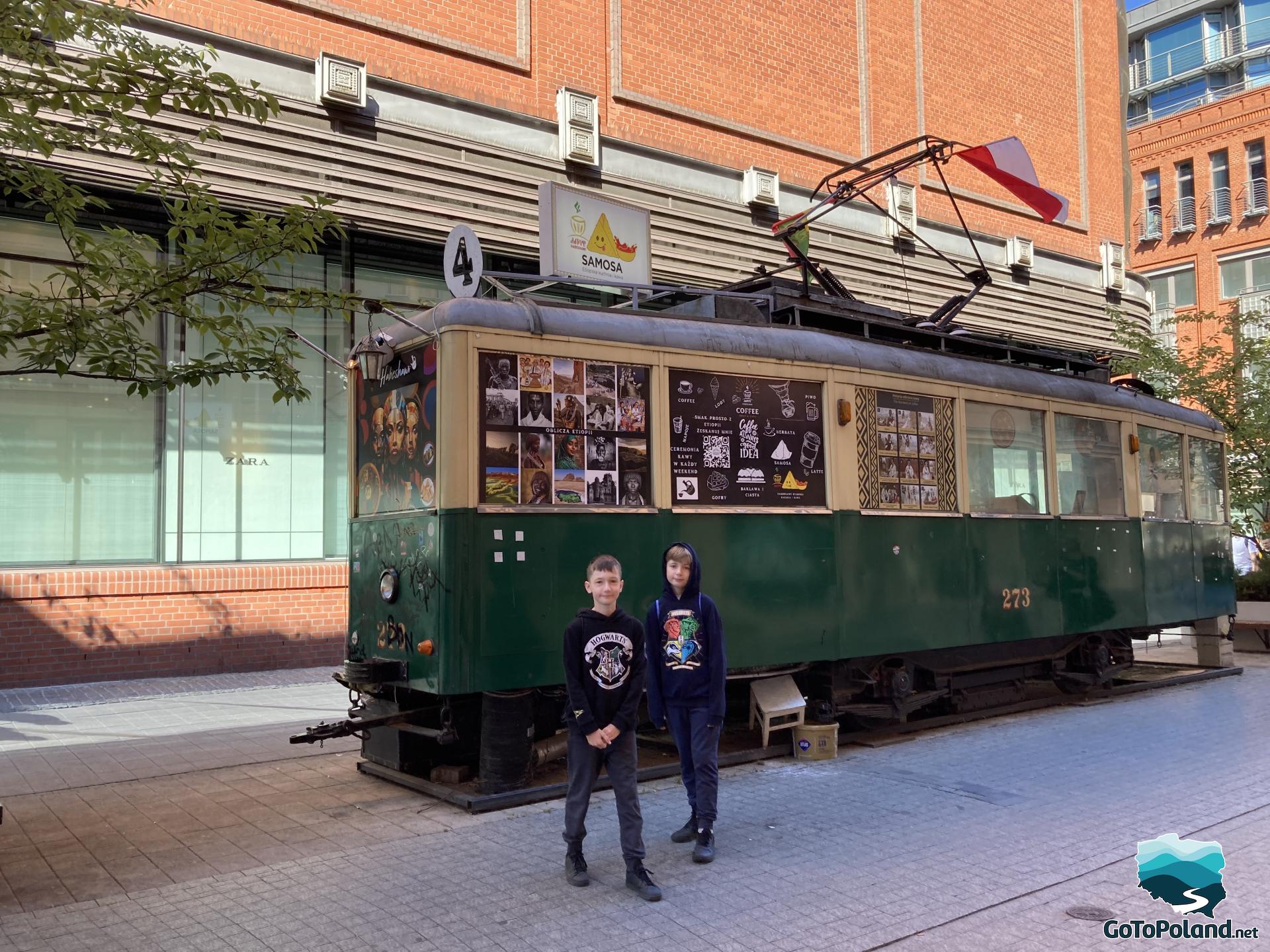
Many artists are associated with Poznań, including singers, writers, actors and directors. One of them was Bohdan Smoleń.
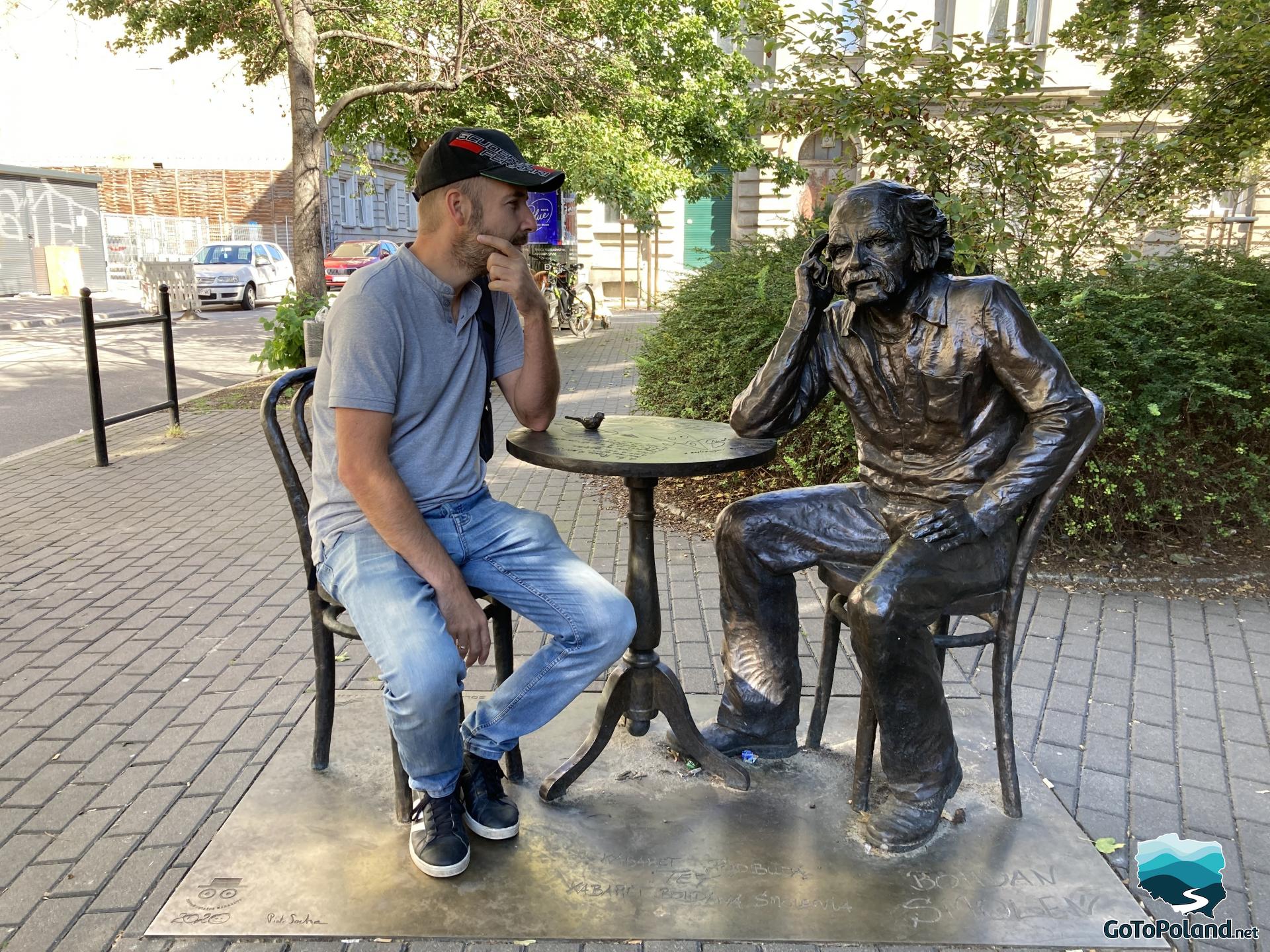
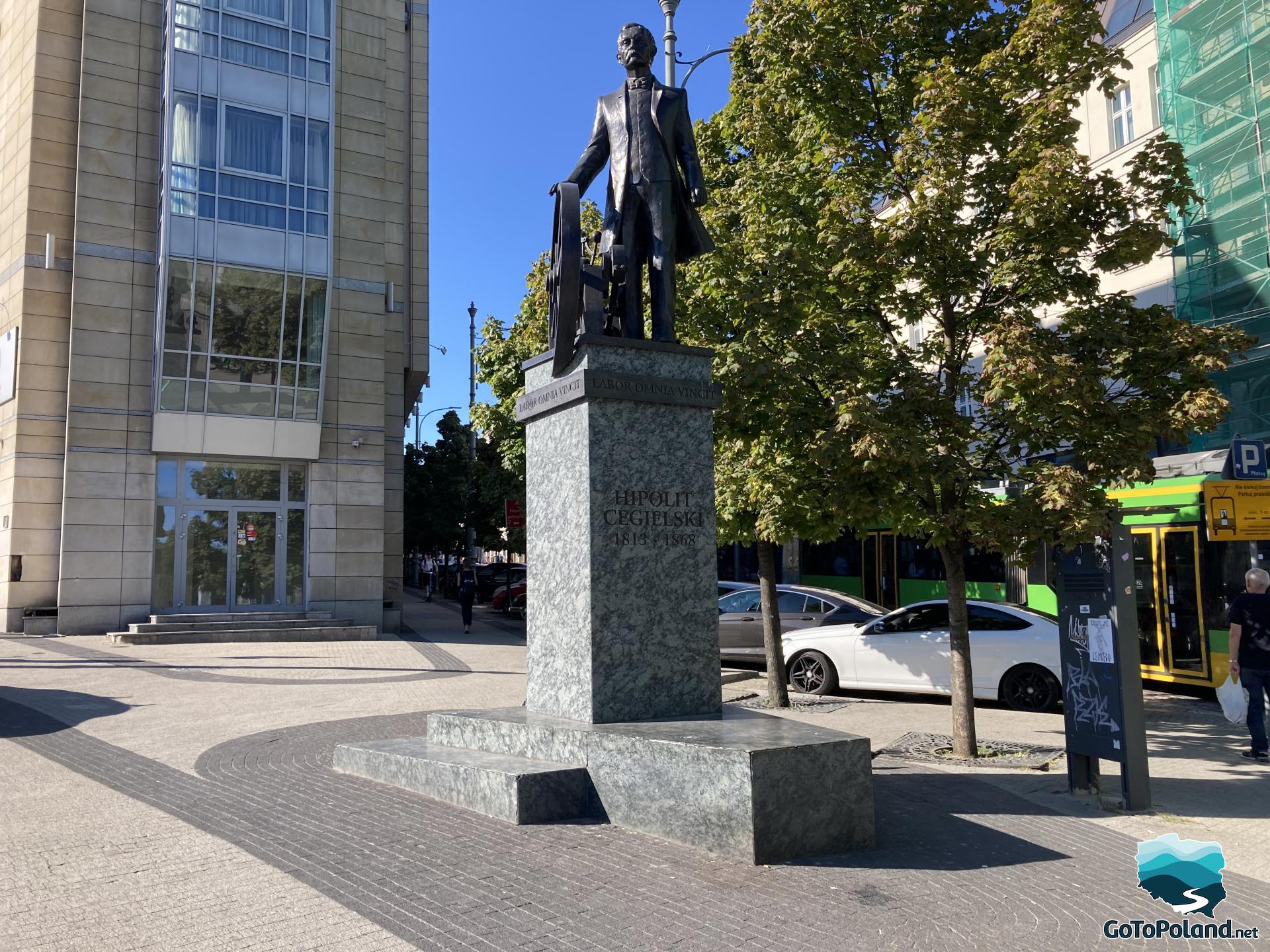

This library was founded in 1829 by Edward Raczyński.
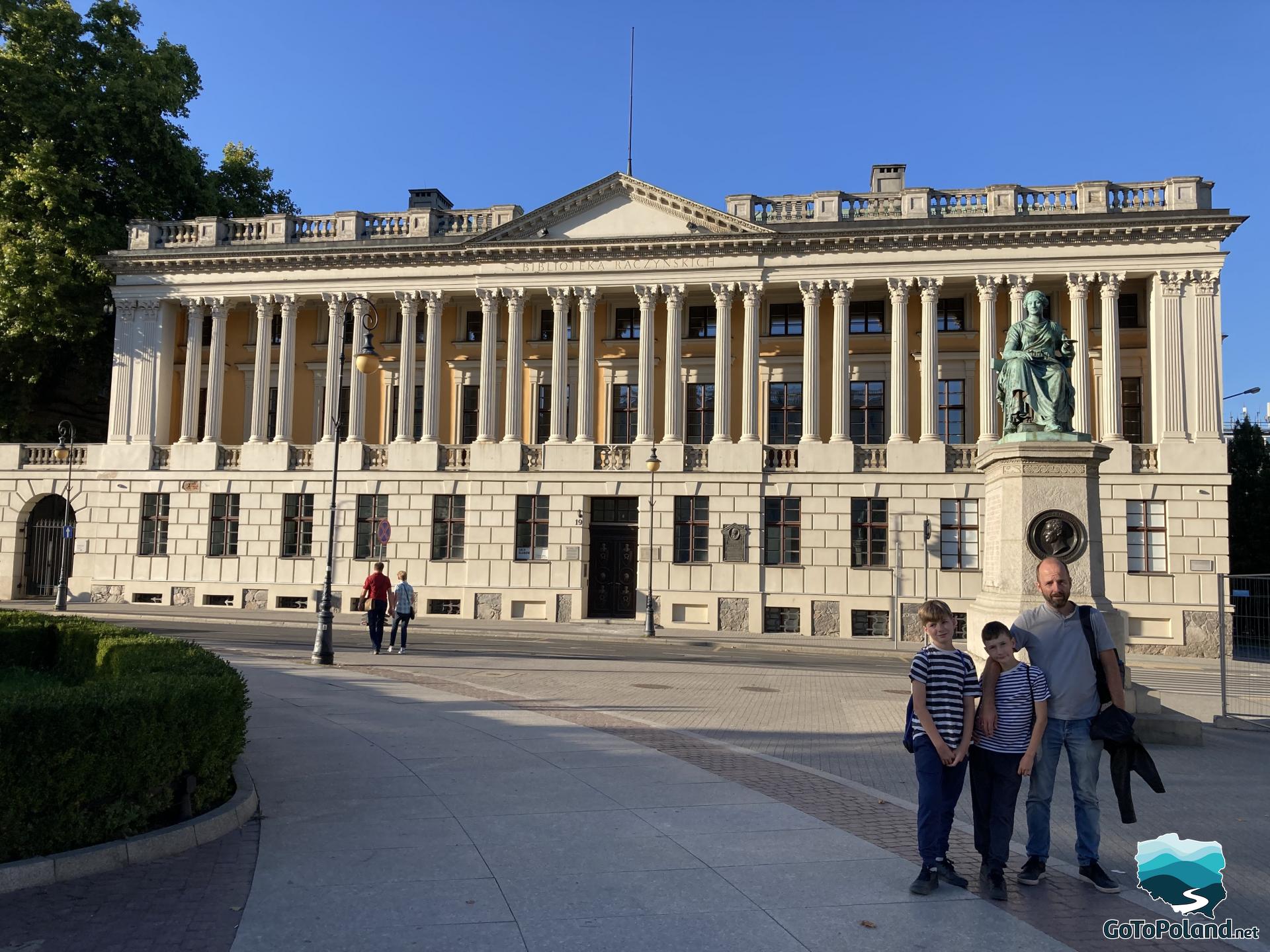
There is a nice fountain next to the Raczyński Library and the Statue of Hygiea - Goddess of Health.
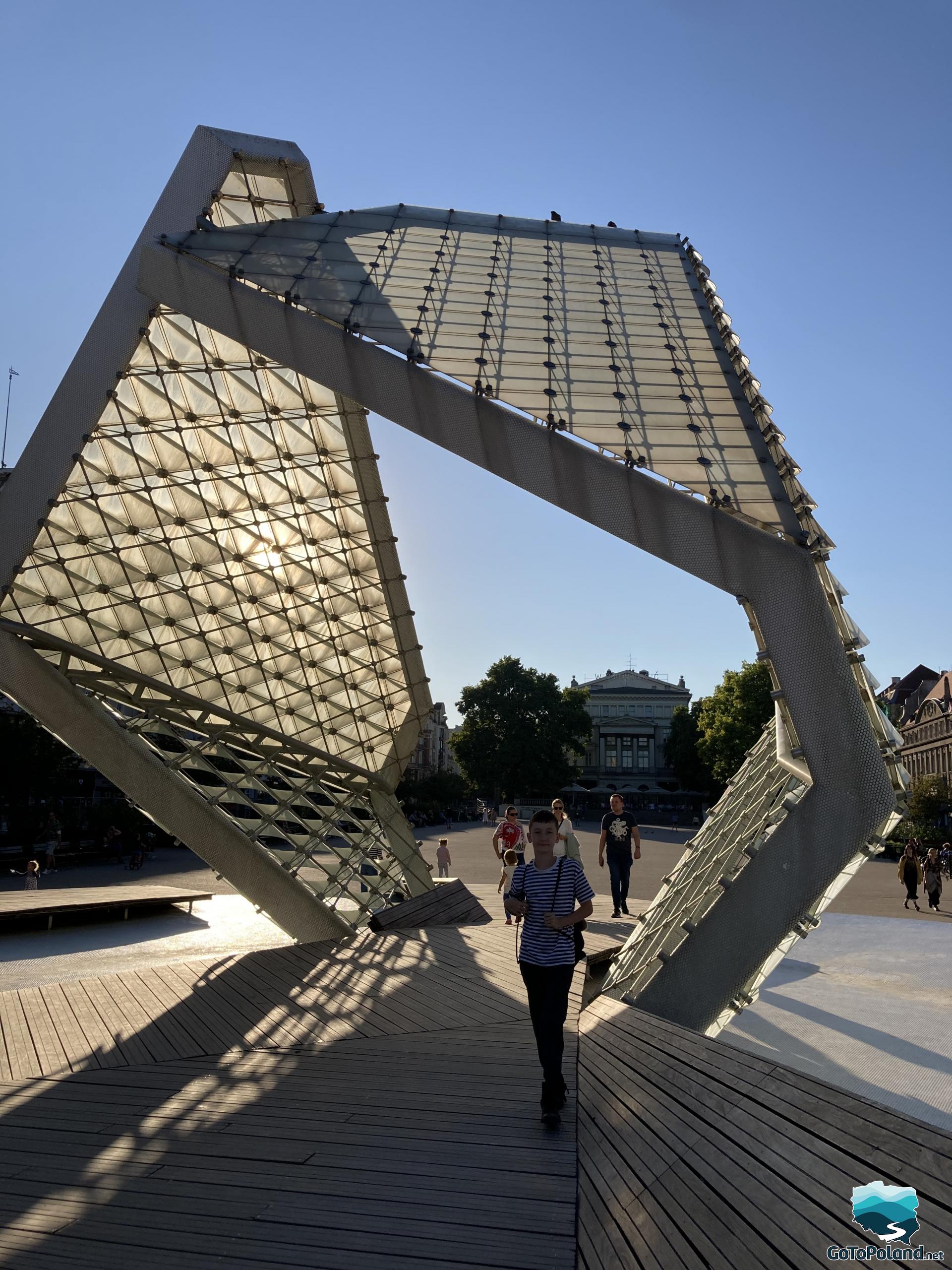
Behind my boys, there is a very important hotel in our history. After the Great War, Poland had to fight for its borders. We didn't have a stable political situation, there was confusion, but we had hope for the long-awaited freedom and independence. Some of the lands that were supposed to be within our borders were still in foreign hands, as was the case in Poznań. It was from the "Bazar" Hotel in the winter of 1918 that the outstanding composer and pianist Ignacy Jan Paderewski delivered an impassioned patriotic speech that sparked the uprising.
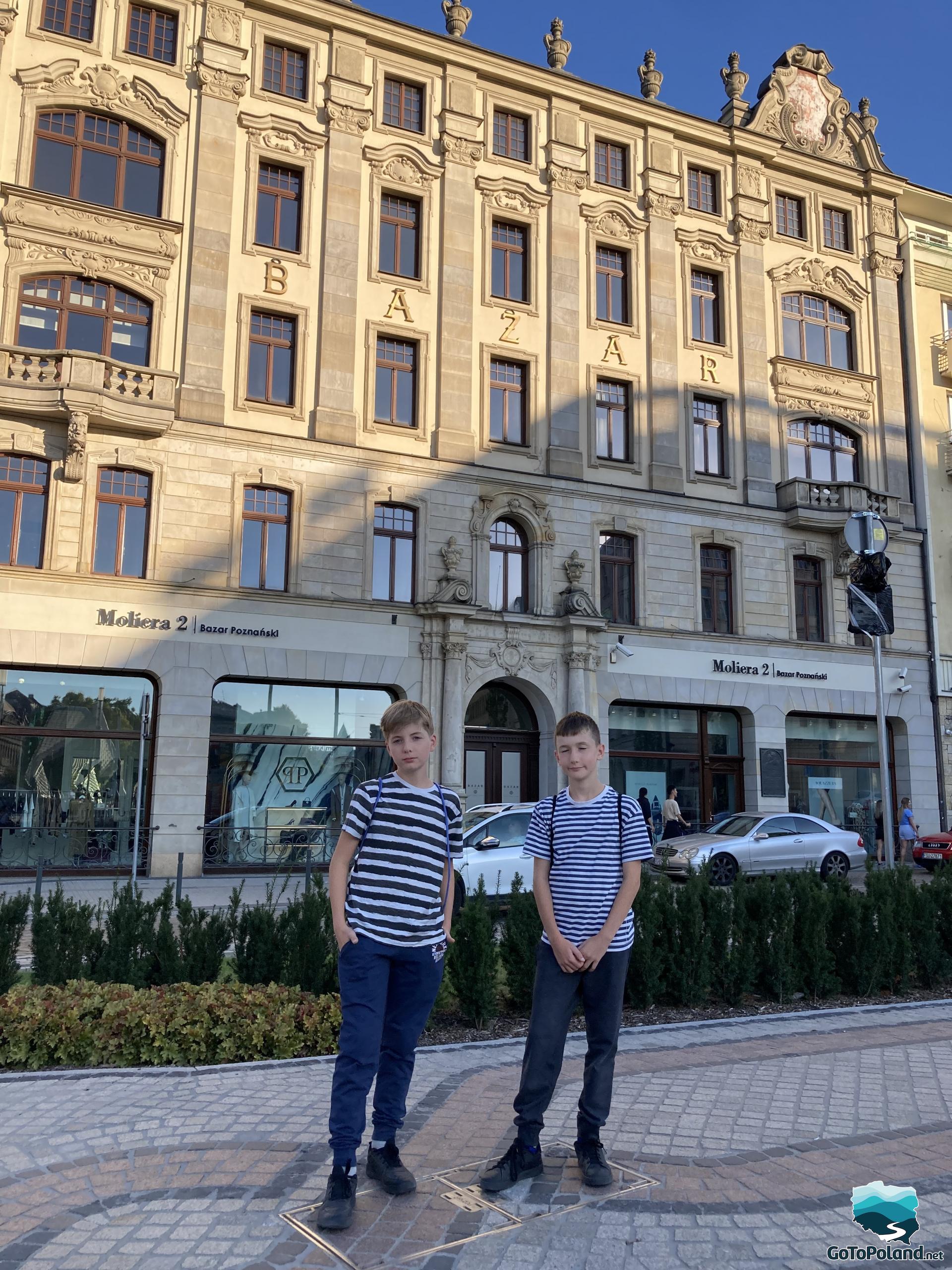


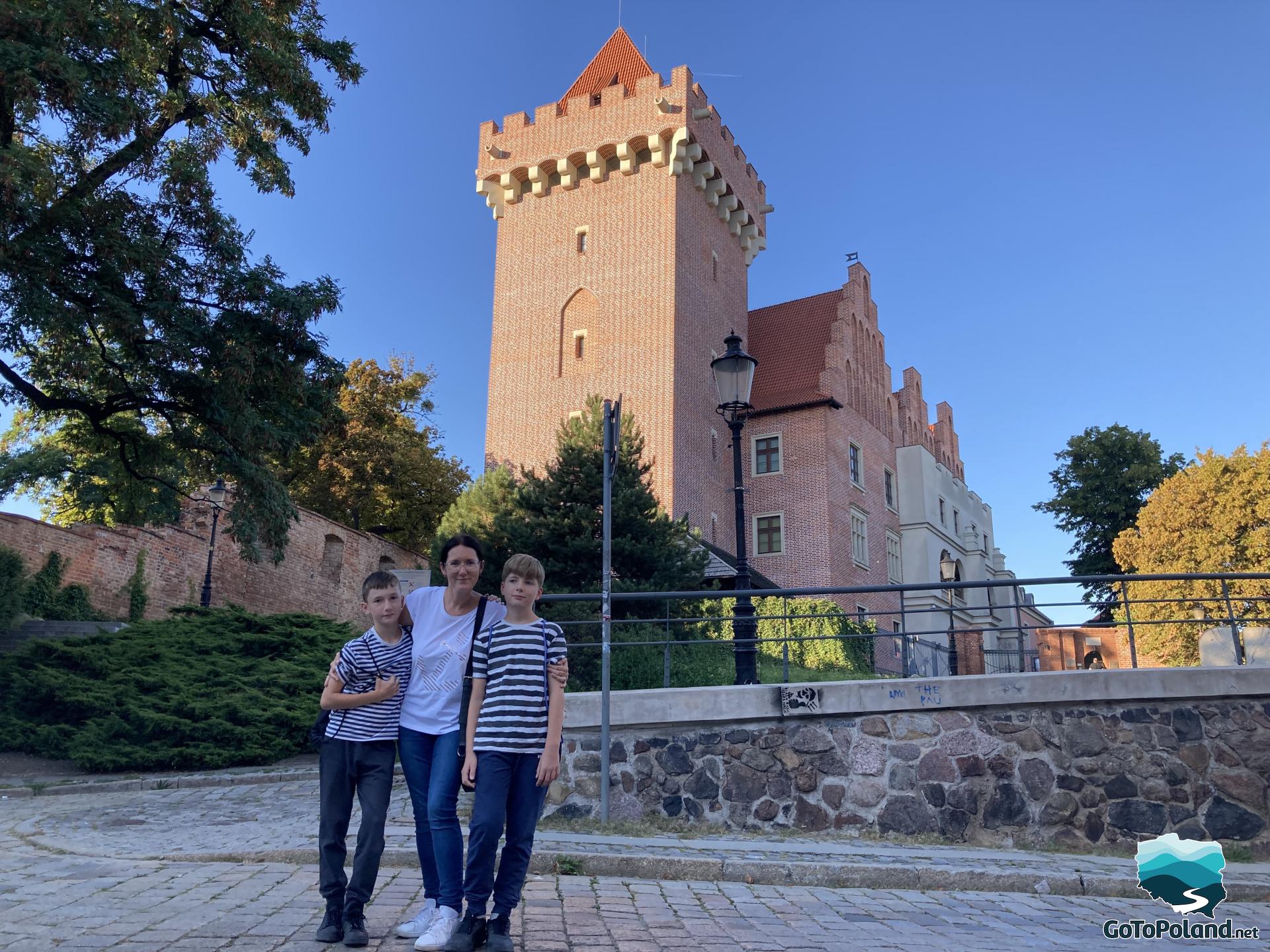
Work on building the walls began after Poznań was granted city rights in 1253 and ended at the beginning of the 14th century. Over the centuries, the walls were destroyed and rebuilt, until they were almost completely demolished in the early 19th century. Only a few fragments have survived. In 2000, research, reconstruction and renovation works were started. The work was completed in 2008.
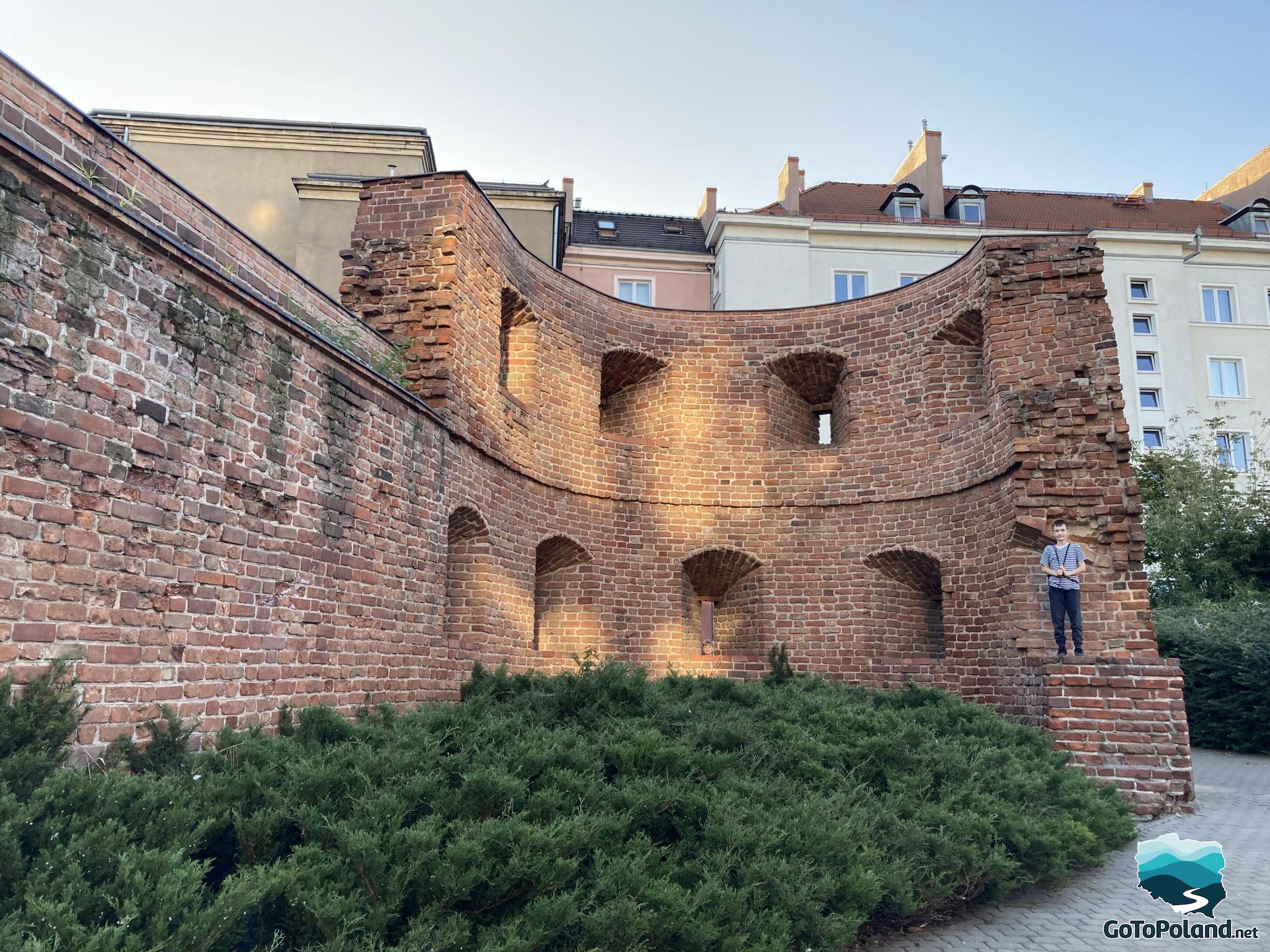
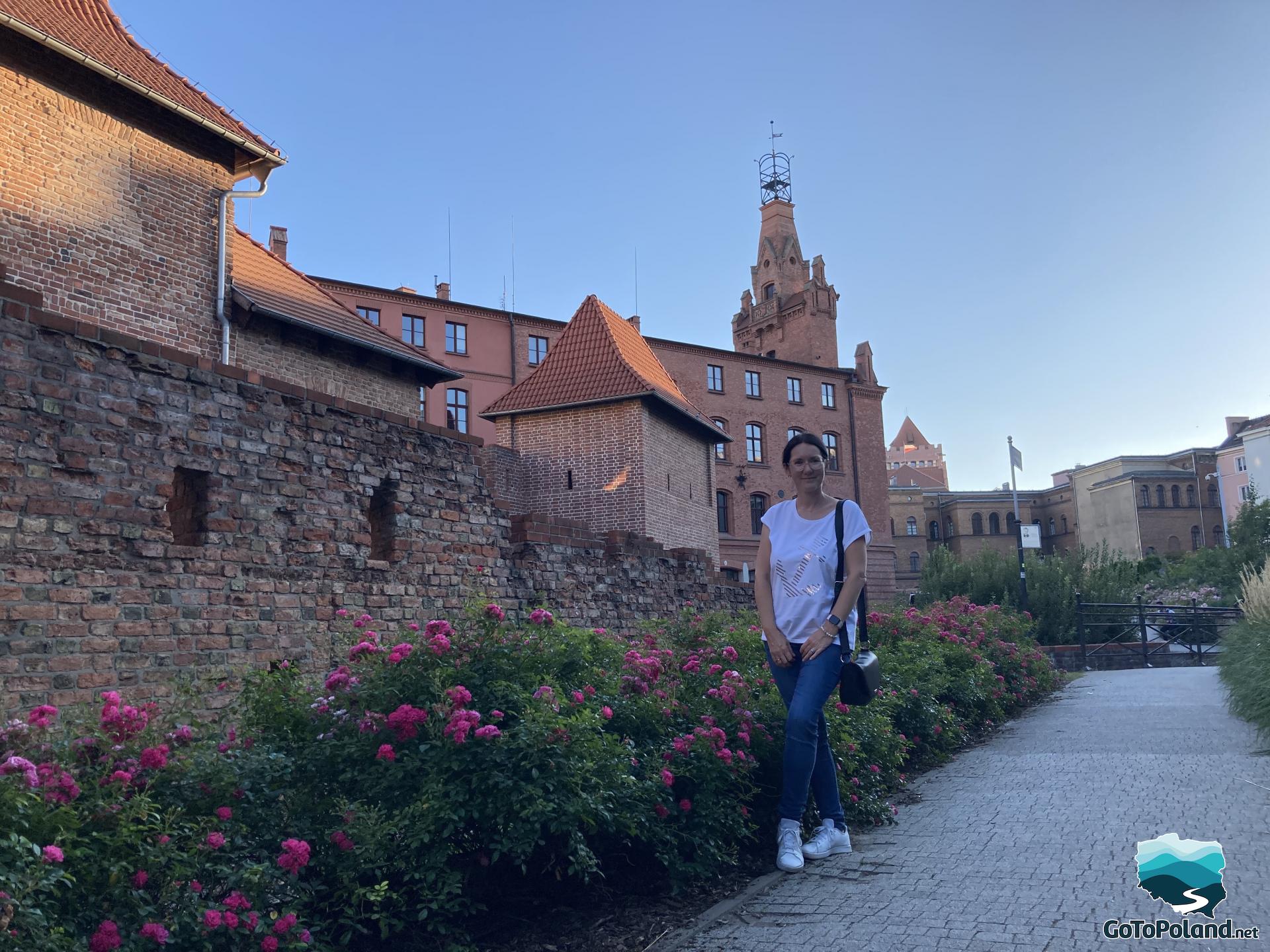
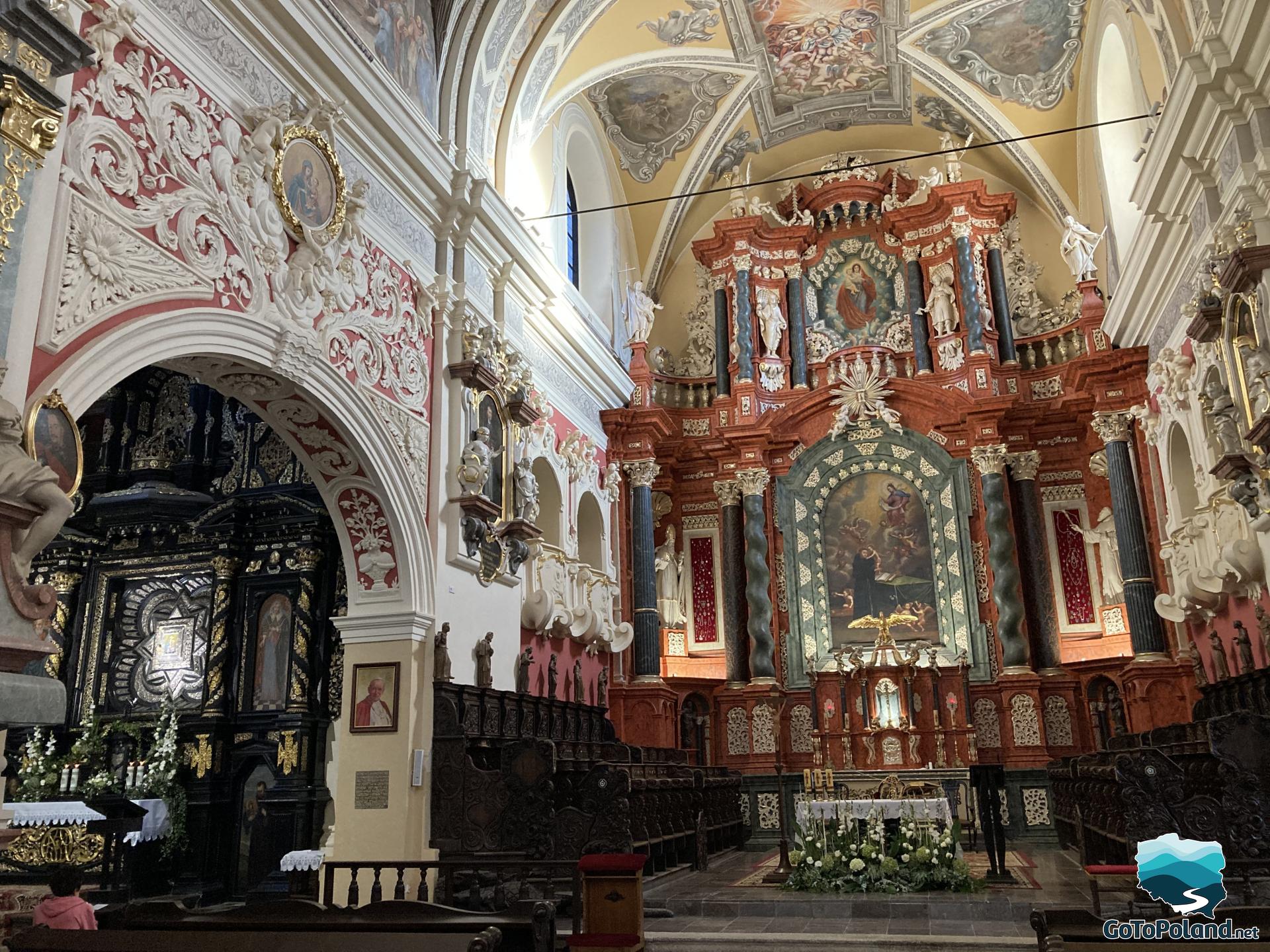
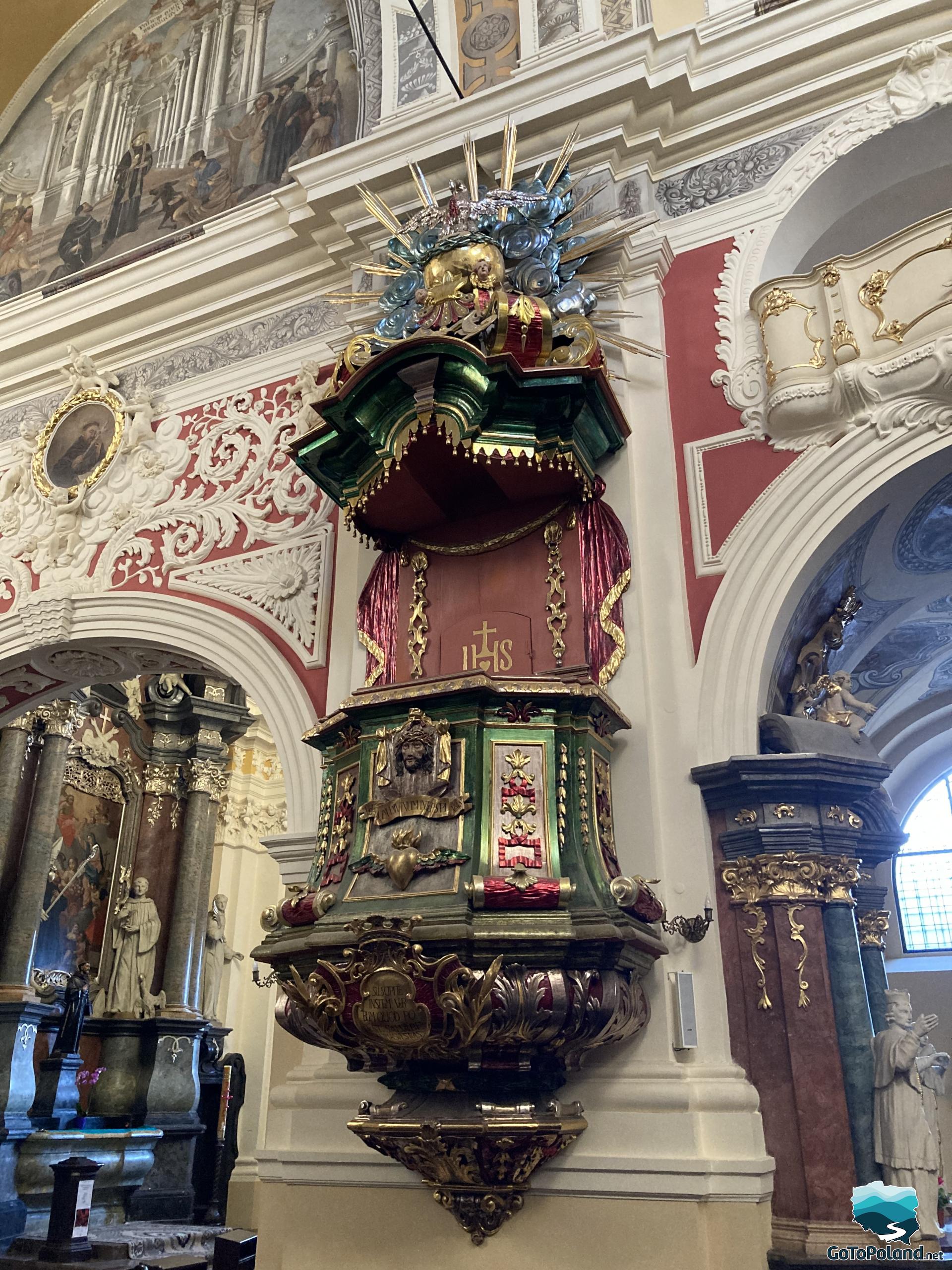
Poznan also has fantastic parks. Most of them look like typical parks with trees, flowers, some sculptures and fountains. But there is one special park - it's the Citadel Park. This is the largest park in Poznań - it covers an area of 100 hectares. It was built on the former Winiary Fort. In 2008, it was recognized by the president as a historical monument. Since 1998, the world's largest Passion Spectacle has been held annually at the Citadel. There are at least 5 cemeteries, museums, forts and other interesting buildings such as an amphitheatre, the Bell of Peace and Friendship between Nations and Monument to the Heroes in the form of a tall obelisk. It's really worth going there
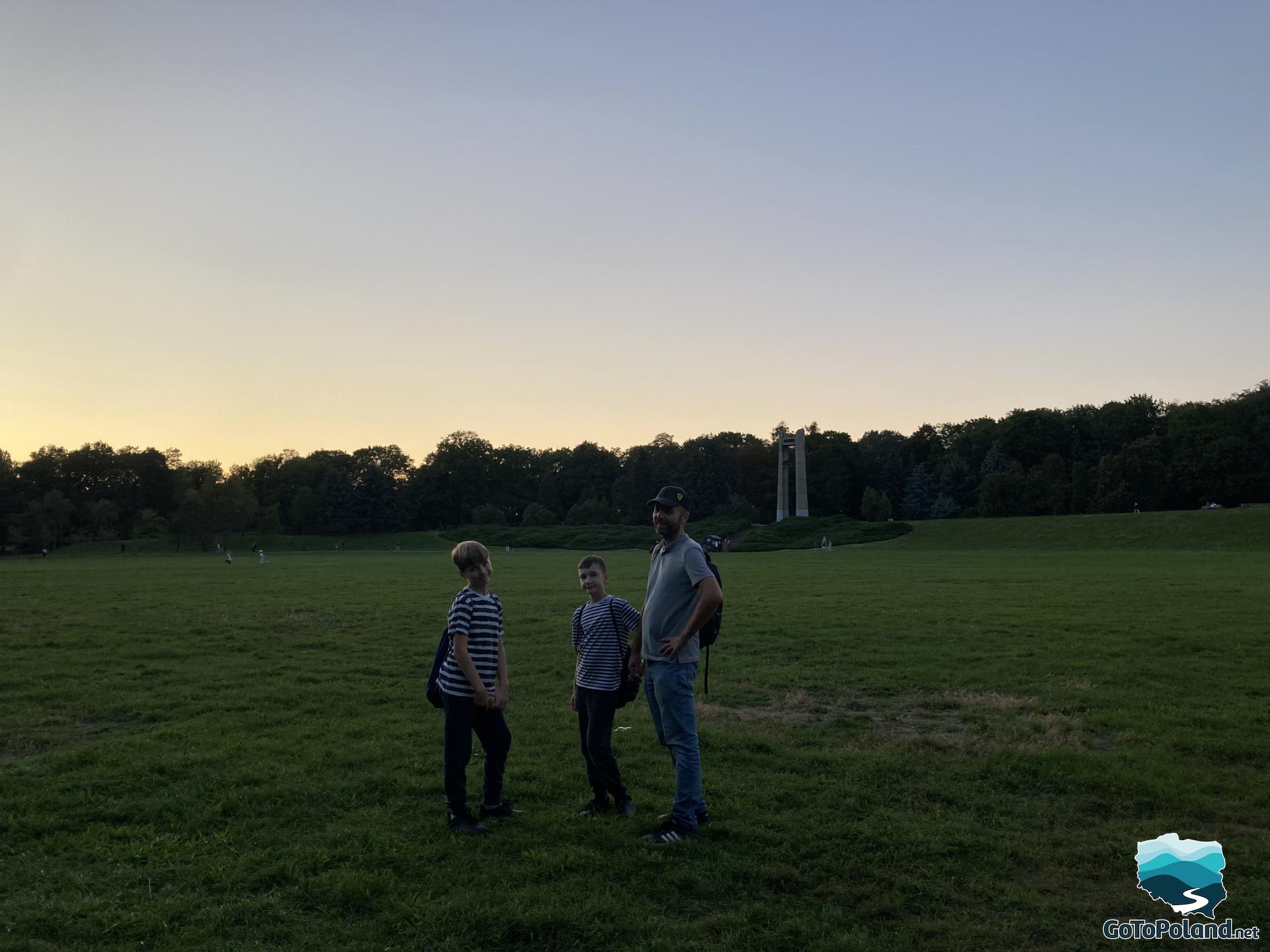
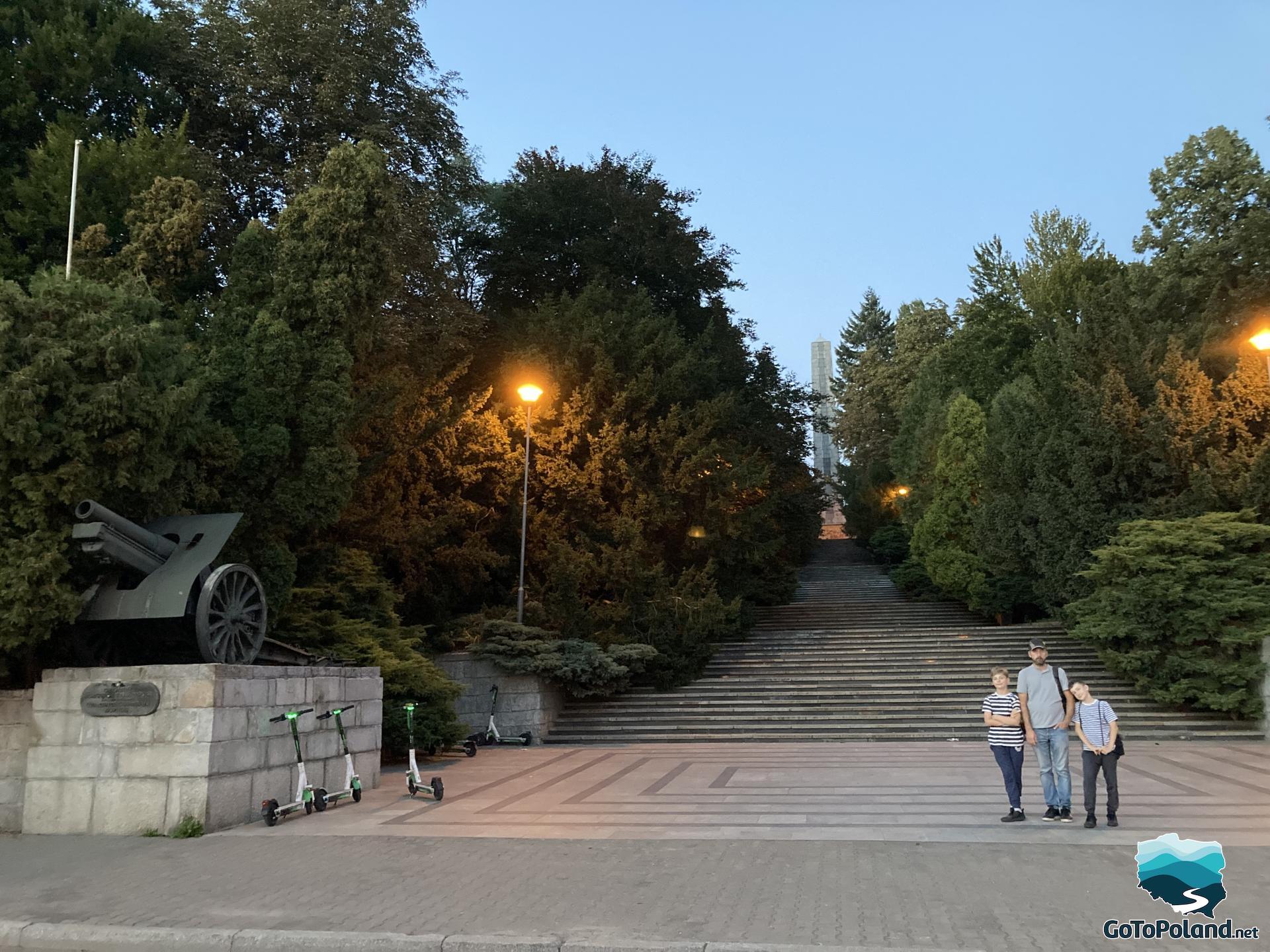
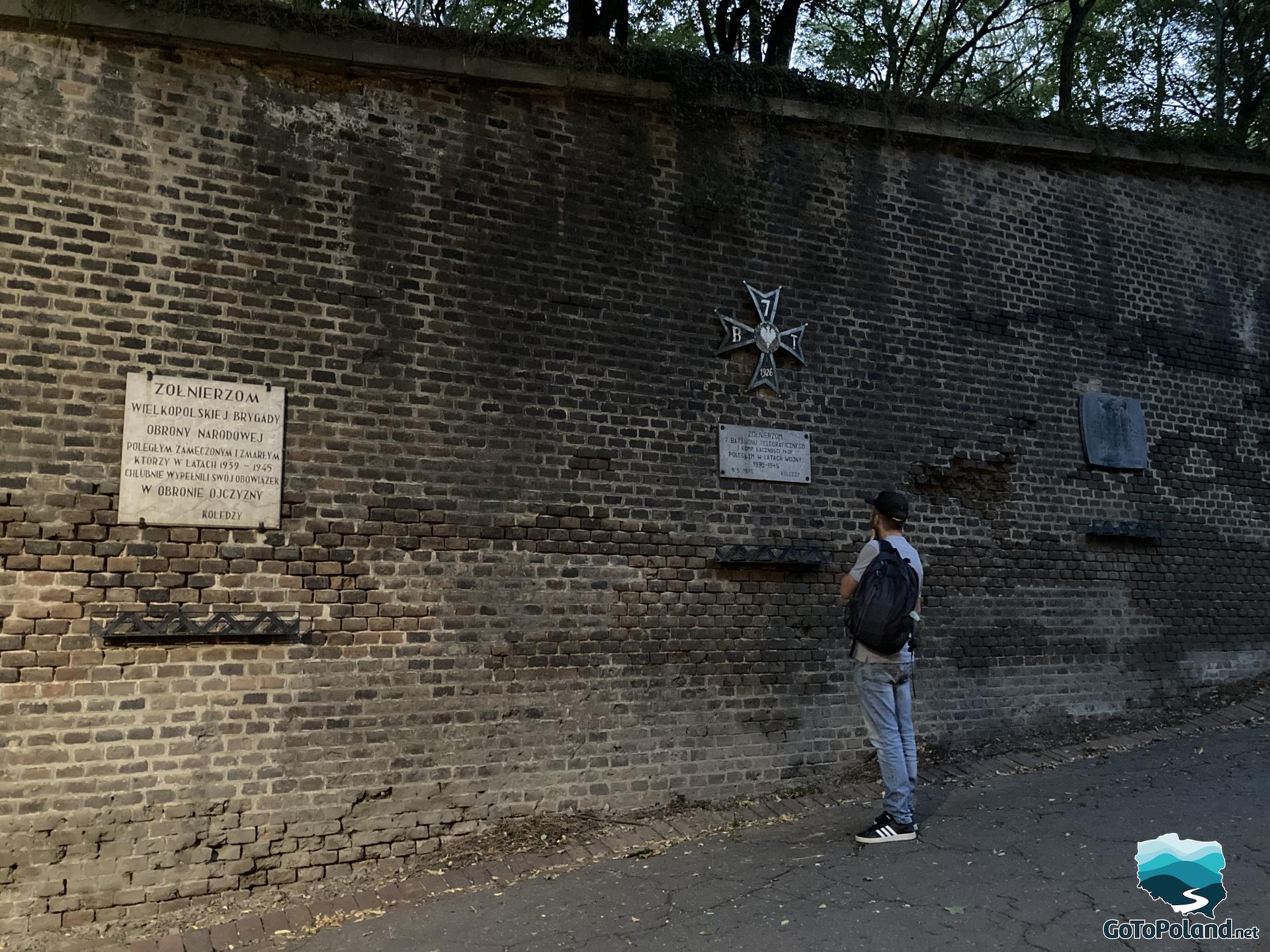
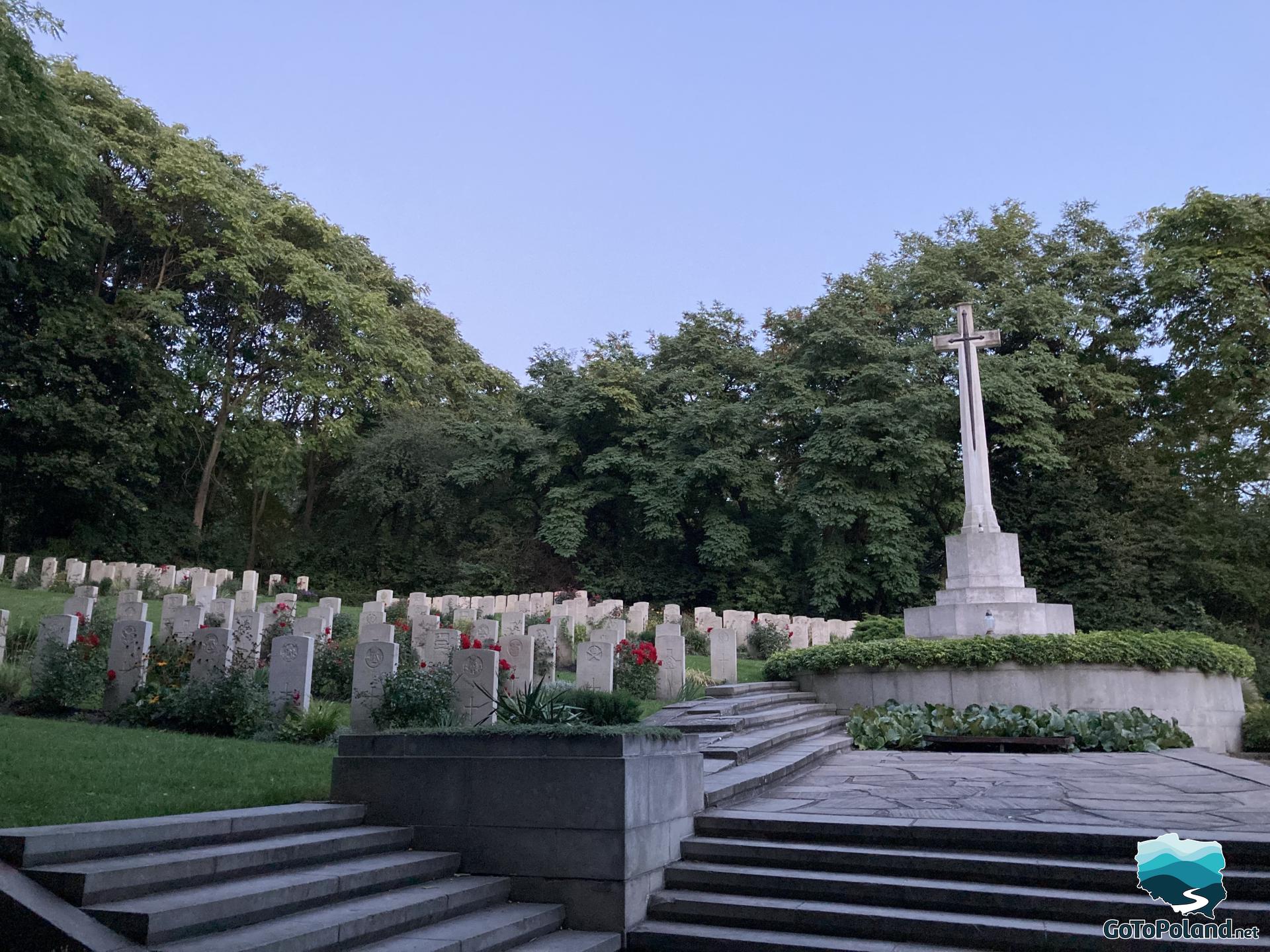
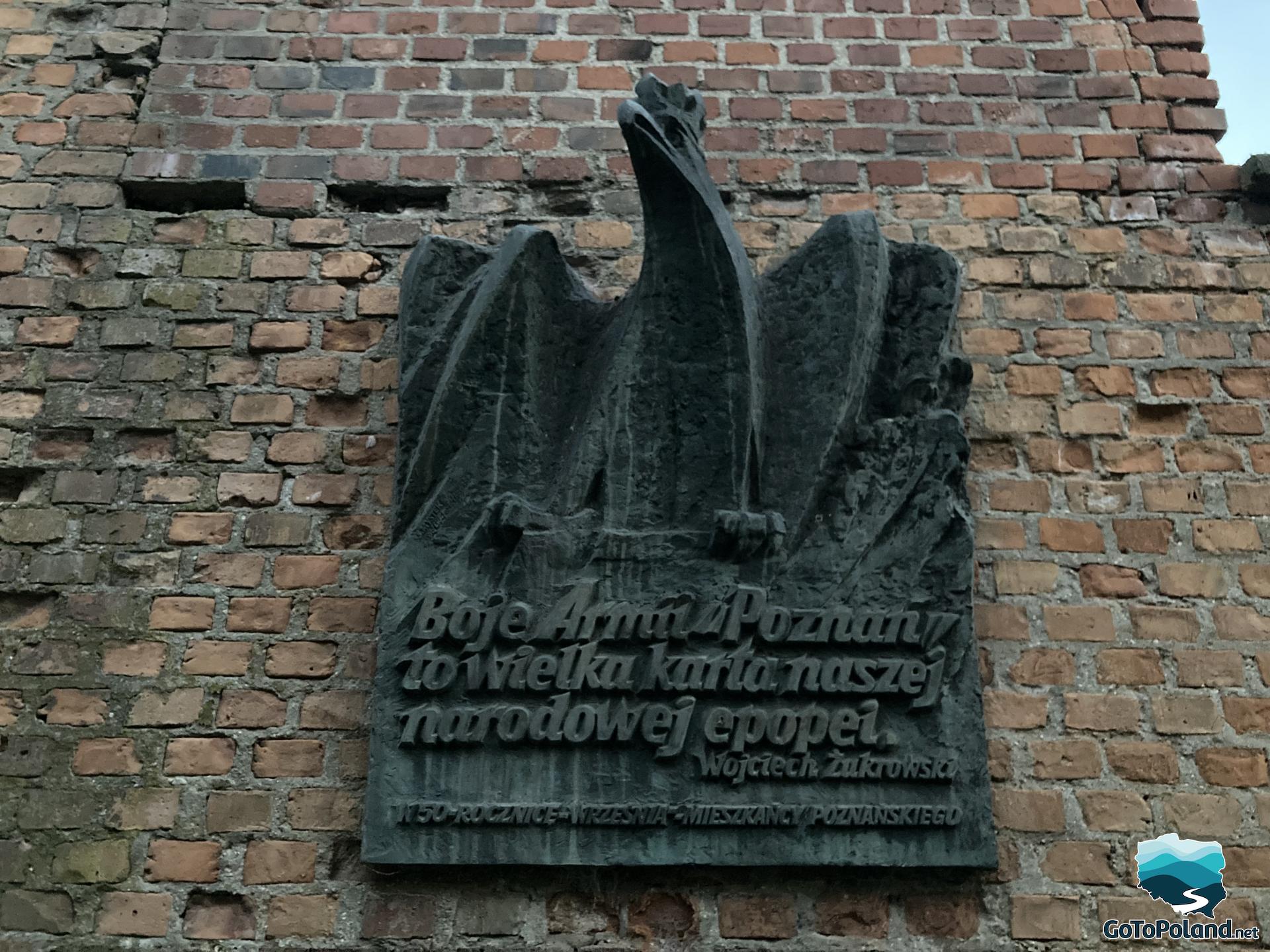
A camp was set up at the Citadel for Polish soldiers who were stopped on the roads leading to Poznan or in its streets. Here their personalities and previous activities were checked.

The Imperial Castle in Poznań was built for the last German Emperor and King of Prussia, Wilhelm II. Construction began in 1905 and lasted 5 years, until 1910. The castle was built in the Neo-Romanesque style. The emperor considered this style to be the most Germanic and representative of the splendor of the Holy Empire. The new headquarters was to confirm once and for all that the Greater Poland region belonged to the Reich. Currently, it houses the Cultural Center.
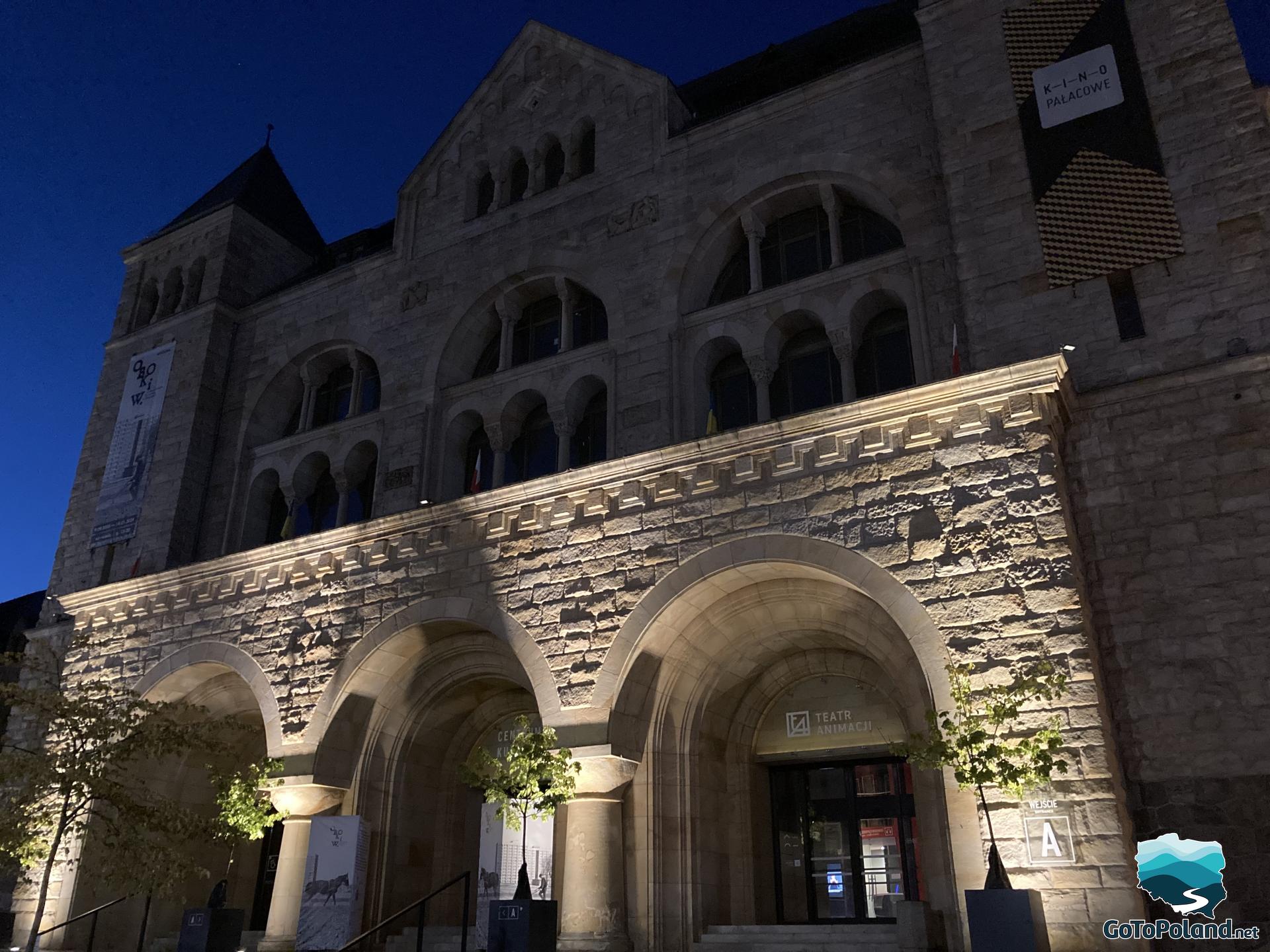
In front of the main entrance to the Imperial Castle in Poznań there is the Monument to the Cryptologists. The work commemorates three Polish cryptologists who contributed, among others, to unravel the cipher of the German Enigma cipher machine - Marian Rejewski, Jerzy Różycki and Henryk Zygalski. They were associated with the University of Poznań (the Castle building housed university premises before World War II). The letters of the cryptologists' names are incorporated into strings of numbers, tightly filling the walls of the obelisk.
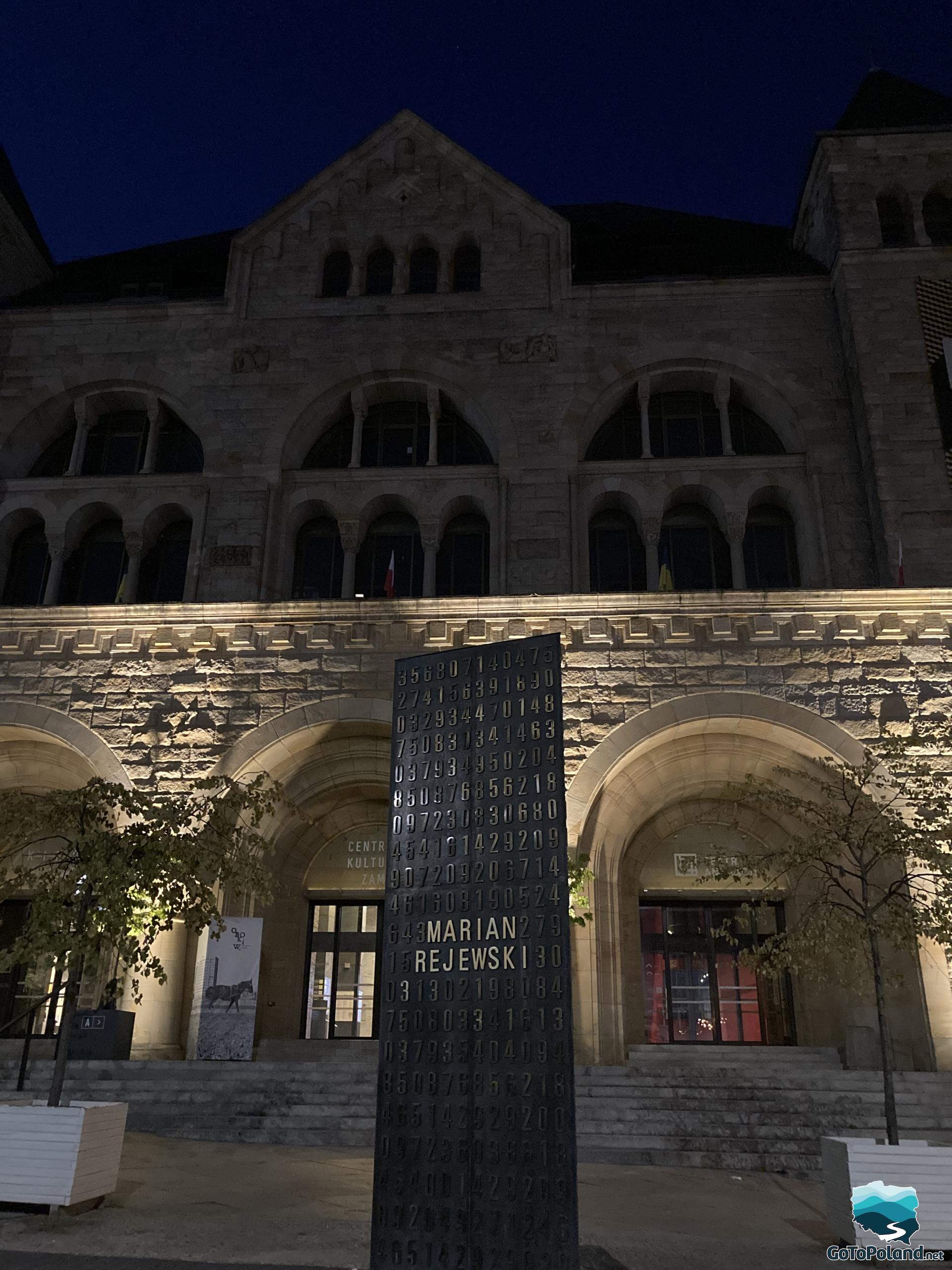
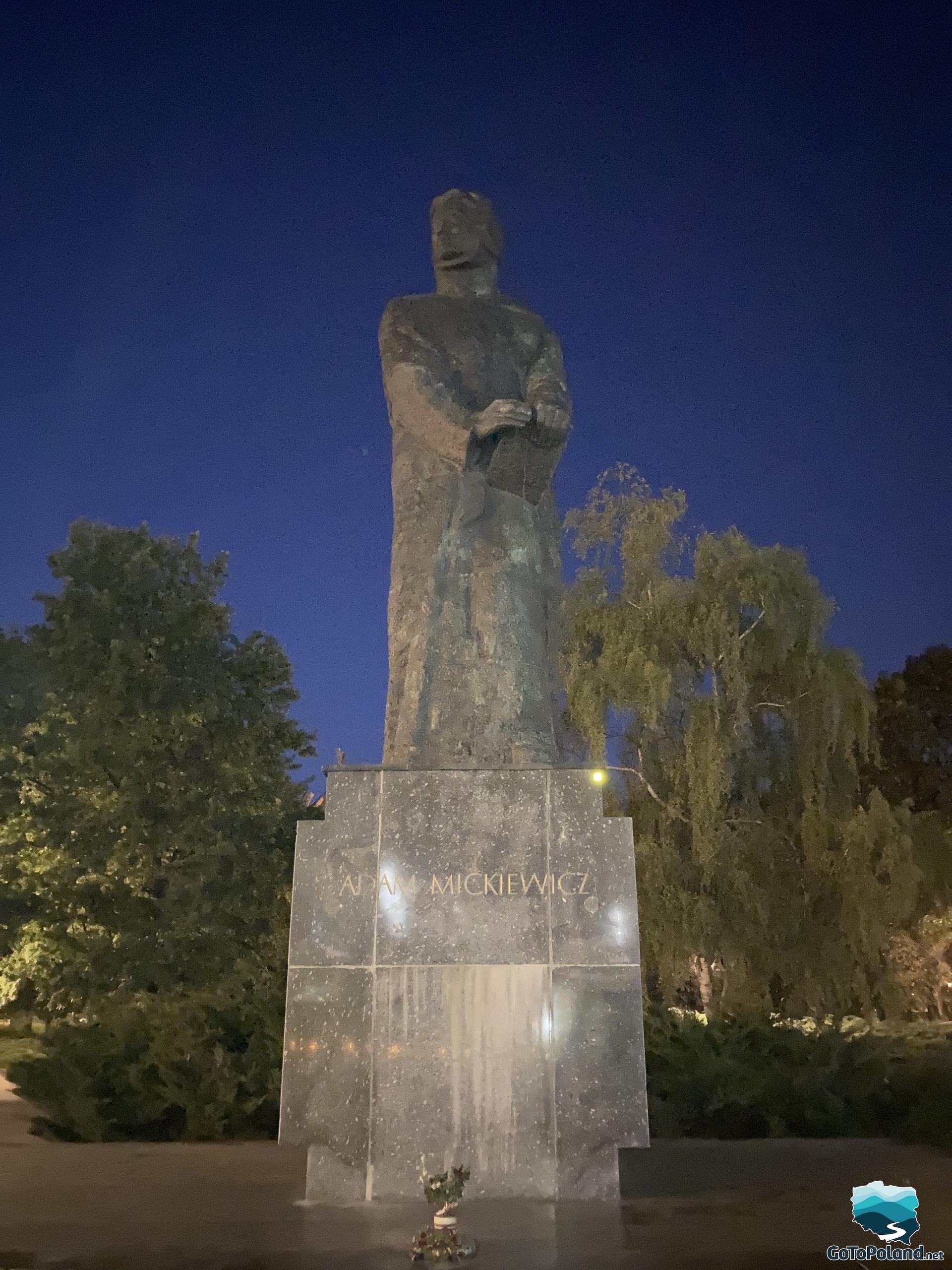
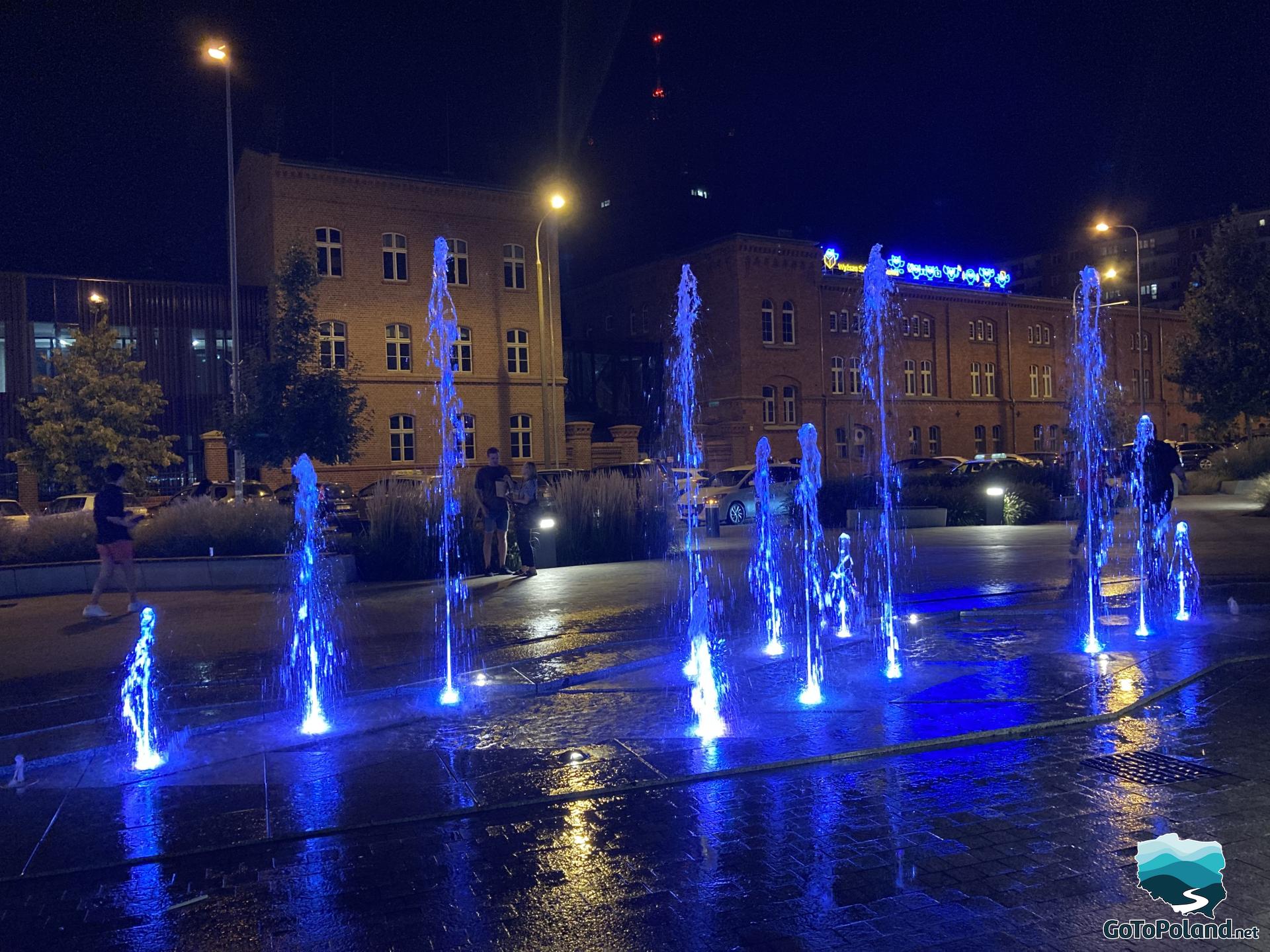
Poznań sightseeing in one day

